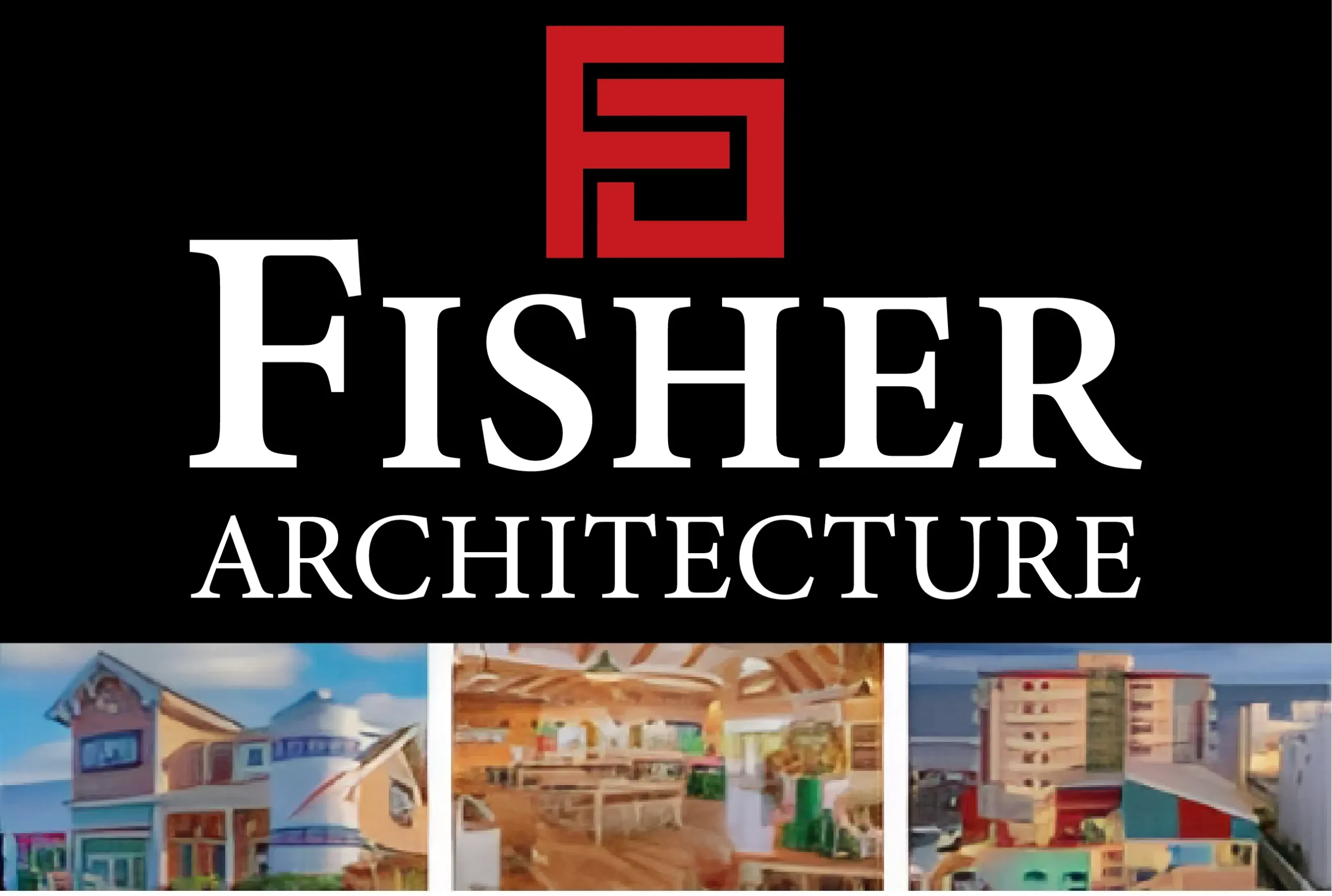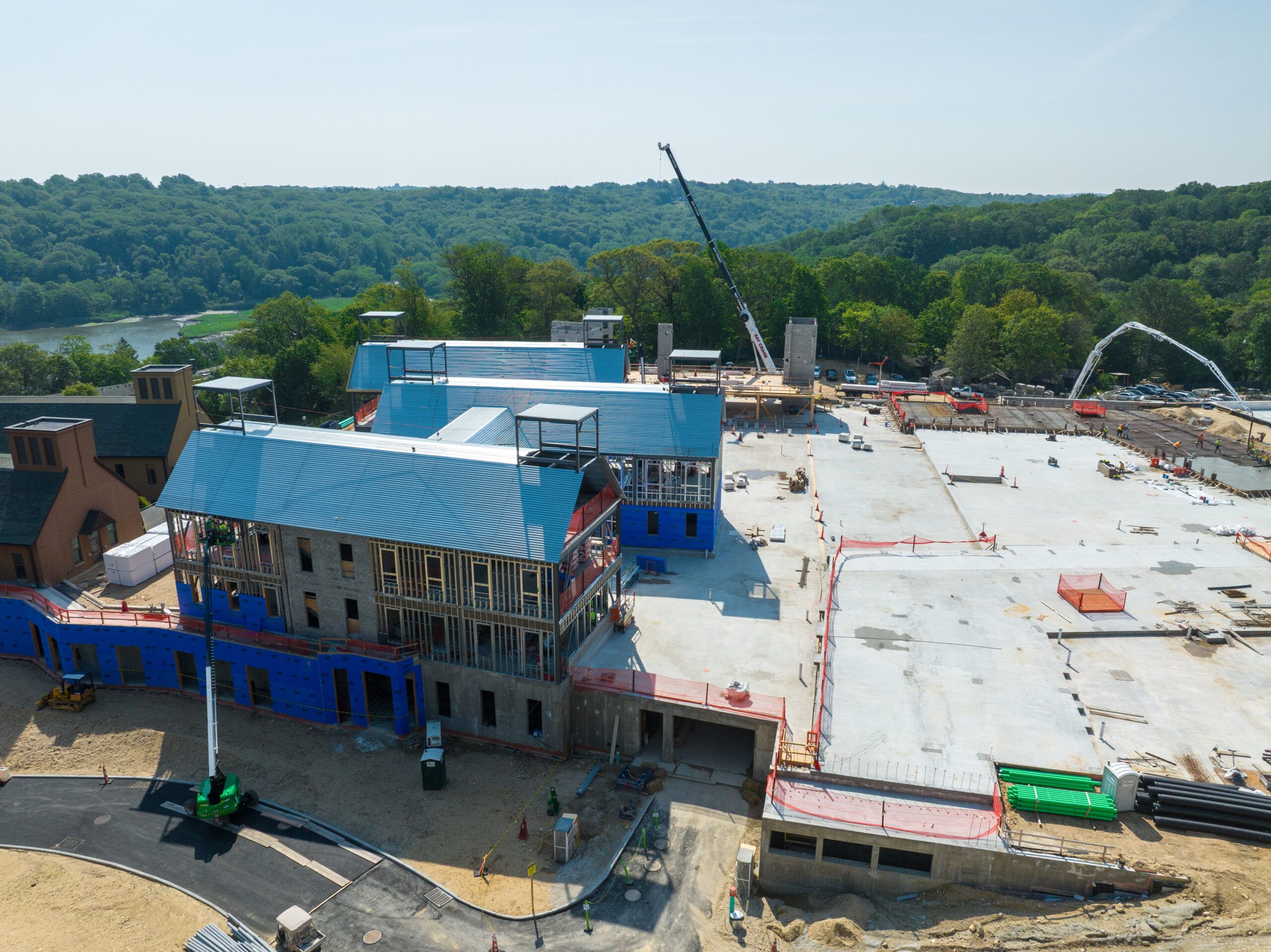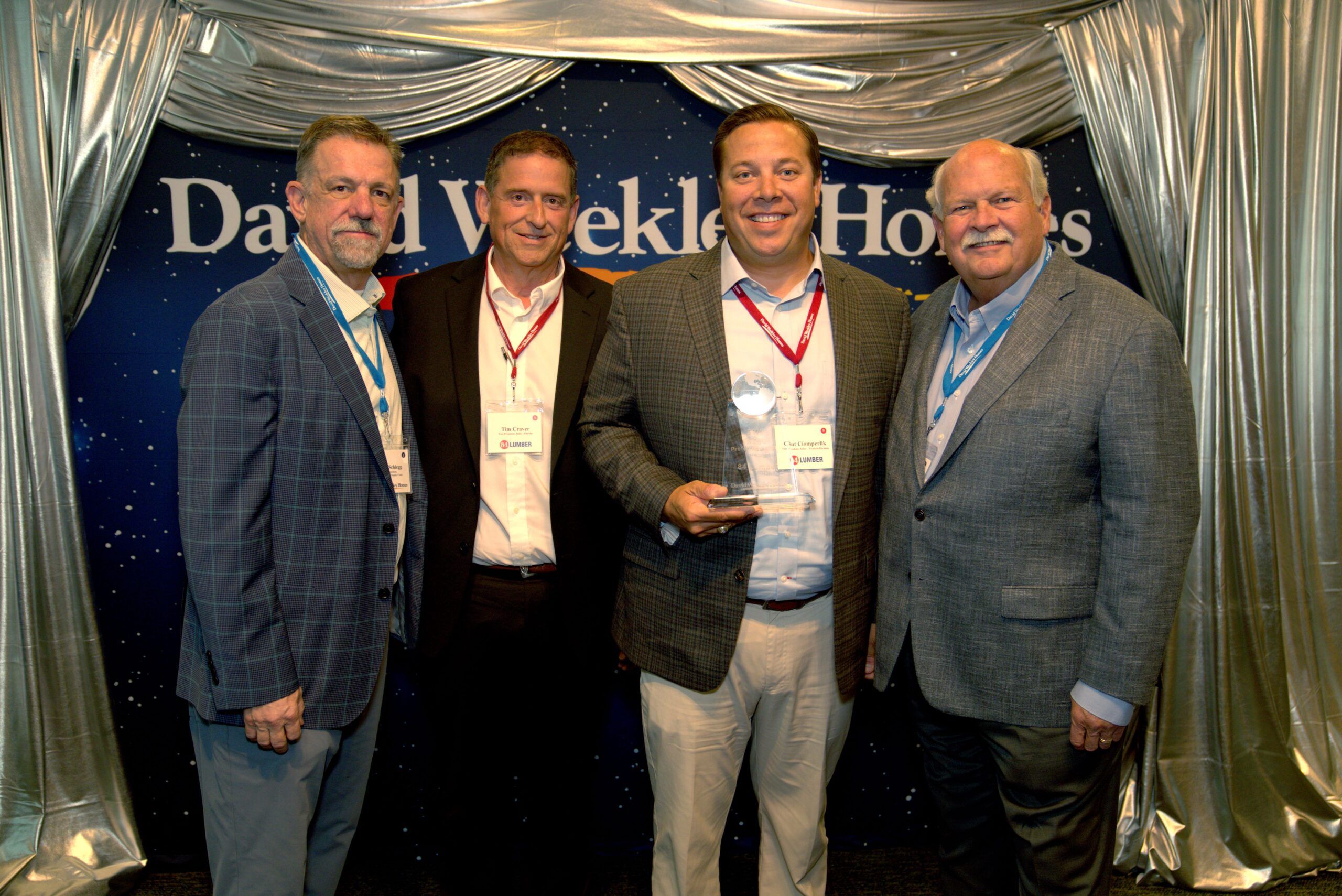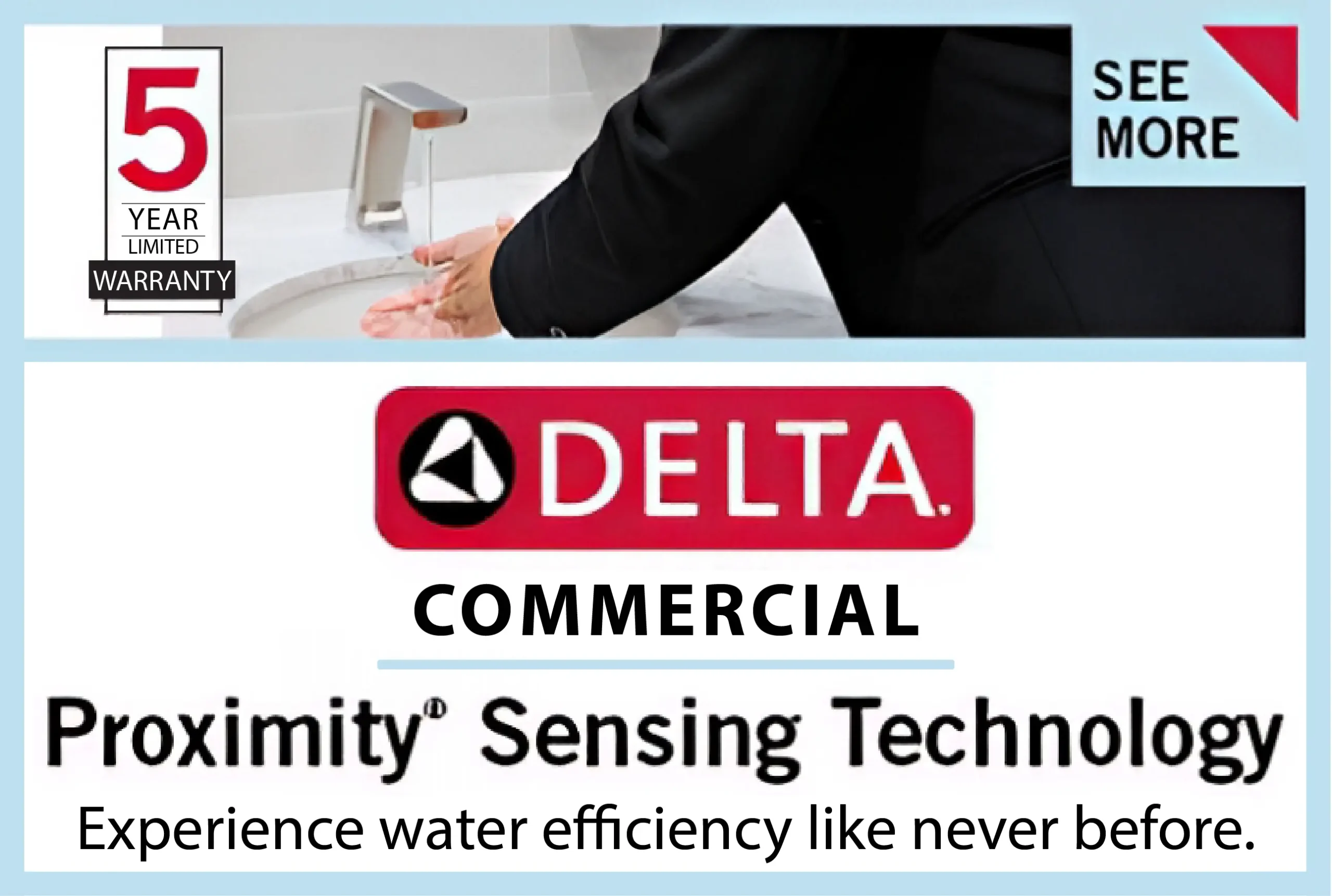The commercial construction industry is witnessing a remarkable evolution as the traditional role of a landscape designer transforms to embrace cutting-edge technology. Today’s innovative landscape designer and architect must balance aesthetic considerations with sophisticated technological integration, creating exterior environments that are not merely visually appealing but functionally intelligent and sustainably operated. This shift represents a significant opportunity for commercial properties seeking competitive differentiation through advanced outdoor spaces that reduce operational costs while enhancing user experience.
The ROI of Smart Landscape Integration
Smart landscape technology delivers measurable returns that extend far beyond aesthetic improvements. When properly implemented, these systems create value across multiple dimensions of commercial property operations.
Consider the water management economics alone: properties implementing smart irrigation systems routinely report 30-60% reductions in water consumption while maintaining or improving landscape health. In regions facing water restrictions or escalating utility costs, this conservation translates directly to operational savings that can reach six figures annually for larger properties.
It’s rather like upgrading from a gas-guzzling vehicle to a hybrid model – the initial investment is quickly offset by ongoing operational savings, with the added benefit of enhanced performance and environmental compliance.
The value proposition extends beyond simple resource conservation. Intelligently designed exterior lighting systems reduce energy consumption while simultaneously enhancing security, extending usable hours for outdoor spaces, and creating distinctive property branding through creative illumination strategies.
Core Technologies Reshaping Commercial Landscapes
The technological transformation of commercial landscapes encompasses several key systems that work together to create intelligent, responsive exterior environments:
Precision Irrigation Management
Gone are the days when irrigation meant simple timers activating sprinklers regardless of weather conditions. Today’s landscape designers integrate sophisticated soil moisture monitoring, weather-responsive controllers, and flow sensors that detect and respond to leaks automatically.
These systems function rather like a smart thermostat for your landscape – continuously monitoring conditions and adjusting resource allocation based on actual needs rather than predetermined schedules. The result is healthier vegetation with dramatically reduced water consumption and lower maintenance requirements.
The most advanced systems now incorporate machine learning capabilities that gradually optimize performance based on historical data specific to your property’s microclimate. This adaptive intelligence eliminates the traditional commissioning challenges that often undermined conservation goals in earlier technology generations.
Intelligent Exterior Lighting Ecosystems
Smart lighting has evolved far beyond basic photocell-activated systems. Contemporary landscape designers now integrate programmable RGB-capable fixtures, motion-responsive illumination, and event-specific lighting scenes that transform exterior spaces for different functions and times of day.
The technology resembles theatrical lighting systems more than traditional landscape illumination – creating dynamic, responsive environments that adapt to usage patterns while minimizing energy consumption through precise control.
For commercial properties, these systems provide both practical benefits (security, wayfinding, safety) and experiential enhancements that strengthen brand identity through distinctive visual signatures. The ability to seamlessly transition lighting for special events or seasonal themes creates marketing opportunities that traditional static systems simply cannot match.
Environmental Monitoring Networks
Perhaps the most transformative technology landscape designers now incorporate involves distributed sensor networks that continuously monitor environmental conditions throughout the property.
These systems track variables ranging from air quality and noise levels to pedestrian traffic patterns and temperature variations. The resulting data informs both immediate system responses and long-term design refinements that optimize performance.
Think of this approach as creating a nervous system for your property – collecting real-time feedback that enables responsive adaptation to changing conditions. For commercial properties, this intelligence provides unprecedented insight into how exterior spaces actually function, enabling data-driven decisions about amenities, access points, and activity zones.
Implementation Strategies That Deliver Results
Successfully integrating smart landscape technologies requires thoughtful implementation strategies that align with property objectives and operational realities:
Phased Deployment Approaches
Rather than attempting comprehensive technology implementation in a single project, experienced landscape designers typically recommend phased approaches that prioritize high-impact systems while establishing the infrastructure for future expansion.
This strategy resembles how smart factory conversions typically progress – begin with foundational systems that deliver immediate ROI while creating the technical architecture to support additional capabilities as budgets and operational readiness permit.
For most commercial properties, water management systems offer the most compelling initial investment due to their clear cost recovery metrics and typically simple implementation requirements. Lighting systems often represent logical second-phase projects, with environmental monitoring networks implemented as third-stage enhancements.
Integrated Control Platforms
The most successful smart landscape implementations utilize integrated control platforms that centralize management of diverse systems through unified interfaces. This integration eliminates the operational complexity of managing multiple standalone systems while enabling sophisticated interactions between different technologies.
For instance, integrated platforms allow environmental sensors to inform both irrigation and lighting responses – reducing water application during periods of natural precipitation while simultaneously adjusting illumination levels to compensate for changing visibility conditions.
This platform approach resembles how building automation systems have evolved from separate mechanical controls to integrated management environments. The landscape designer’s role increasingly includes specifying compatible technologies that support this ecosystem approach rather than isolated point solutions.
Staff Enablement Requirements
Technology creates value only when properly utilized. Successful implementations include comprehensive training programs that enable property staff to effectively manage and leverage new capabilities without becoming overwhelmed by complexity.
Intelligent landscape systems should make property management easier, not more complicated. The best implementations include intuitive dashboards, automated alert systems, and simplified override capabilities that accommodate both routine operations and special circumstances.
The training approach should resemble how we learn to use sophisticated automobiles – most drivers don’t need to understand engine management systems to operate their vehicles effectively, but they do need clear indicators and simple controls for essential functions.
Future-Proofing Considerations
As technology continues evolving rapidly, landscape designers must consider future compatibility when developing smart exterior environments:
API Accessibility
Systems with open application programming interfaces (APIs) offer significant advantages by supporting integration with future technologies that may not exist during initial implementation. This architectural approach preserves investment value by enabling ongoing evolution without complete replacement.
When evaluating smart landscape technologies, accessibility of data through standard protocols should be a primary consideration rather than an afterthought. This approach reflects how software architecture has evolved toward microservices and API-first design patterns.
Scalable Infrastructure Design
Physical infrastructure to support technology integration often represents the most difficult element to modify after initial implementation. Forward-thinking landscape designers include conduit networks, power distribution systems, and mounting provisions that accommodate future expansion without disruptive excavation or construction.
This infrastructure planning resembles how data centers provide excess capacity and accessibility for systems that haven’t yet been invented – creating pathways for future technologies to be implemented with minimal disruption to existing operations.
Modular Component Selection
Technologies with modular architectures allow component-level upgrades rather than complete system replacement as capabilities evolve. This approach preserves investment value while enabling incremental improvement over time.
For example, lighting systems with standardized connectivity allow fixture replacements without rewiring, while irrigation systems with modular controllers support capability expansion through component additions rather than wholesale replacement.
The Human Factor in Technological Landscapes
Despite the focus on technology, successful smart landscape implementation ultimately depends on human factors that determine how systems are used and maintained:
User Experience Design Principles
The most effective smart landscapes incorporate user experience design principles that make interaction intuitive and engaging. This human-centered approach ensures that technological capabilities actually get used rather than ignored or circumvented.
For example, lighting control systems should make creating and activating scenes as simple as using a smartphone app, while irrigation override capabilities should accommodate special needs without requiring technical expertise.
Maintenance Reality Alignment
Systems that conflict with maintenance realities inevitably fail regardless of their theoretical benefits. Successful implementations consider practical factors like staff capabilities, maintenance equipment access, and operational priorities.
This alignment resembles how successful consumer products address real user needs rather than theoretical benefits. The smartest technology delivers little value if maintenance staff disable it because it interferes with their ability to perform essential tasks.
The Landscape Designer as Technology Integrator
Today’s landscape designer increasingly serves as a technology integrator who must understand both horticultural requirements and technological capabilities. This expanded role requires new skillsets that blend traditional design expertise with systems integration knowledge.
For commercial construction professionals, this evolution creates both challenges and opportunities. Properties that successfully implement smart landscape technologies gain competitive advantages through enhanced functionality, reduced operating costs, and distinctive user experiences that strengthen their market position.
The landscape designer’s evolution mirrors how architectural practice has expanded to encompass technological systems that were once considered separate specialties. As exterior environments become increasingly intelligent, the value of expertise in effectively integrating these technologies will only grow in importance.
While much of the discussion focuses on commercial applications, innovative practices in landscape design for residential properties in Calgary show how the same technologies can be adapted to enhance curb appeal, improve energy efficiency, and create sustainable outdoor living spaces for homeowners.
For commercial properties looking to maximize long-term value, selecting landscape designers with demonstrated technology integration experience represents an increasingly critical decision that will shape operational performance for decades to come.











